
My how the time flies. In the fall of 2011—10 years ago!—I was David. A large insulation company was Goliath. They came after me for criticizing fiberglass batts in an article where I showed 7 photos of poorly installed fiberglass batts, all of which had that company’s name on them. Their lawyer sent me a letter with an accusation and a threat:
“It is [our] position that these comments by your company together with the picture of [our] products constitute libel, slander, and commercial disparagement . . . [We] will aggressively pursue its remedies to the fullest extent permitted by law, and any further conduct by Energy Vanguard of a similar nature will be dealt with accordingly.”
I was scared. Here I was, a blogger with few followers and even less money having to deal with an aggressive multi-national corporation. I hired a lawyer and tried to work it out with them. But then it blew up in the blogosphere after Martin Holladay wrote about it here at GBA.
In the end, everything worked out well. The CEO of the insulation company sent me a nice letter apologizing for their actions. And the Energy Vanguard Blog got more popular. Yes, the insulation company was wrong in coming after me without first giving me a chance to make the changes voluntarily. But I also was wrong in how I wrote the article that spurred them to action.
What I got wrong
I made a simple mistake. Back in 2011, I was publishing 3 to 5 new articles each week. Content is king, right? I’d sit down in the morning and think, “OK, what do I want to write about today?” I liked easy articles centered around photos, and criticizing the installation of fiberglass batts was like shooting fish in a barrel.
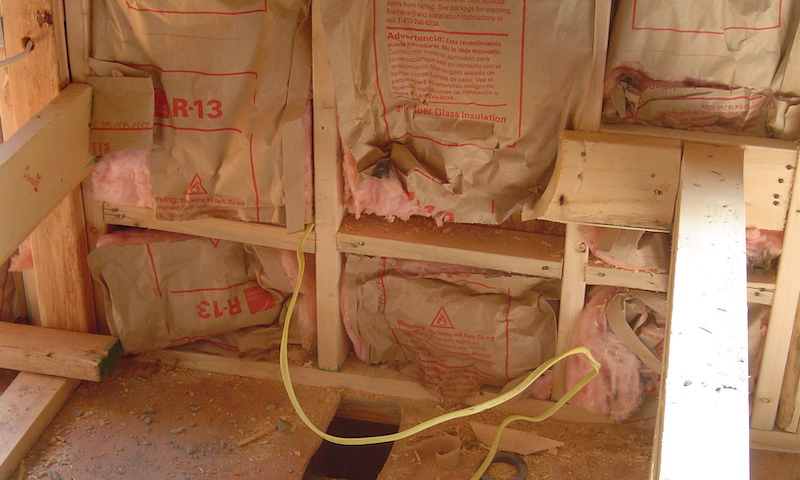
So I found a group of photos from a house I had inspected a few years earlier and used them. They were perfect . . . except for one thing. My mistake was using photos that all came from the same house. They all had the same brand name on them. I should have gone through more of my photos and found examples of bad installations of fiberglass batts from several manufacturers.
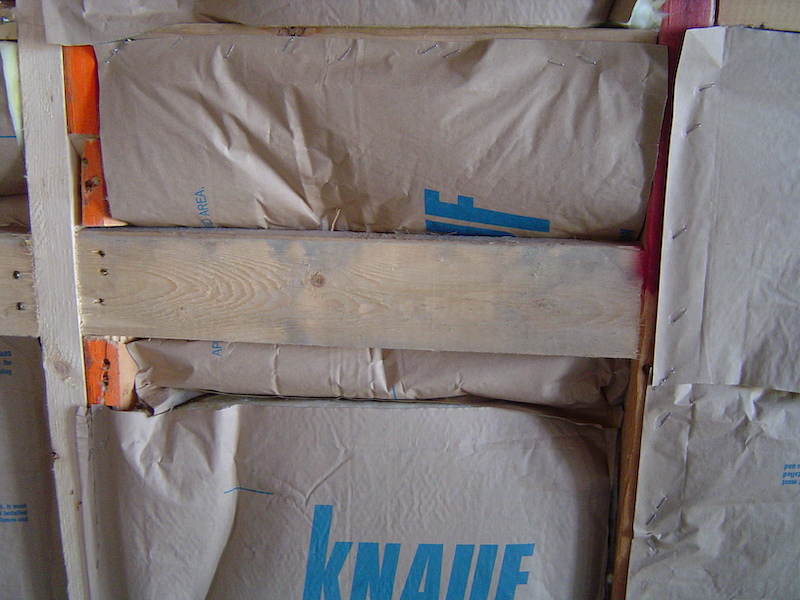
So, a decade later, I’m doing that for you now. As you can see from the first four photos here, it doesn’t matter which company’s name is on the insulation or what color the fibers are.
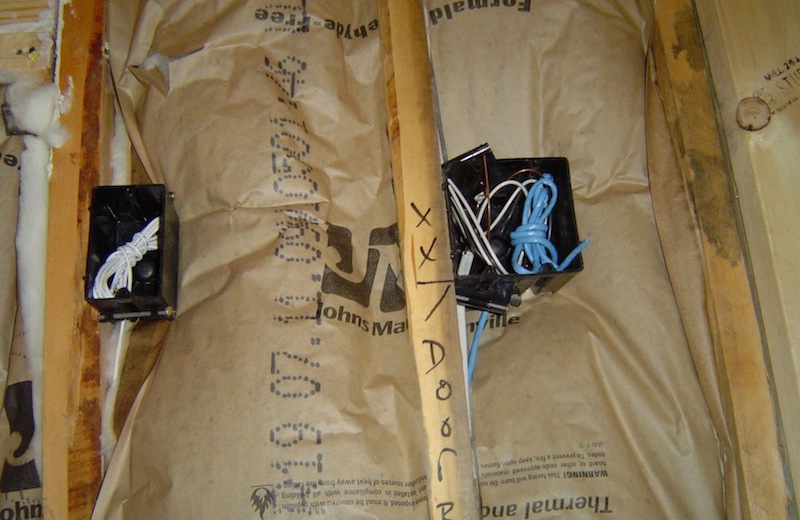
Fiberglass batts are often installed poorly, and everyone trained in building science knows this. There’s actually a standard for grading the installation quality of insulation. The two factors inspectors look at to assign a grade—1, 2, or 3—are:
- Missing insulation
- Compression and incompletely filled areas
When you look at the photos above, there’s quite a bit of both.
It doesn’t have to be this way
The poor quality of insulation is changing . . . some. It’s certainly possible to get a grade 1 installation with fiberglass batts. The photos below show two examples of that. But I also know of builders who have given up on achieving grade 1 batts so they settle for grade 2.
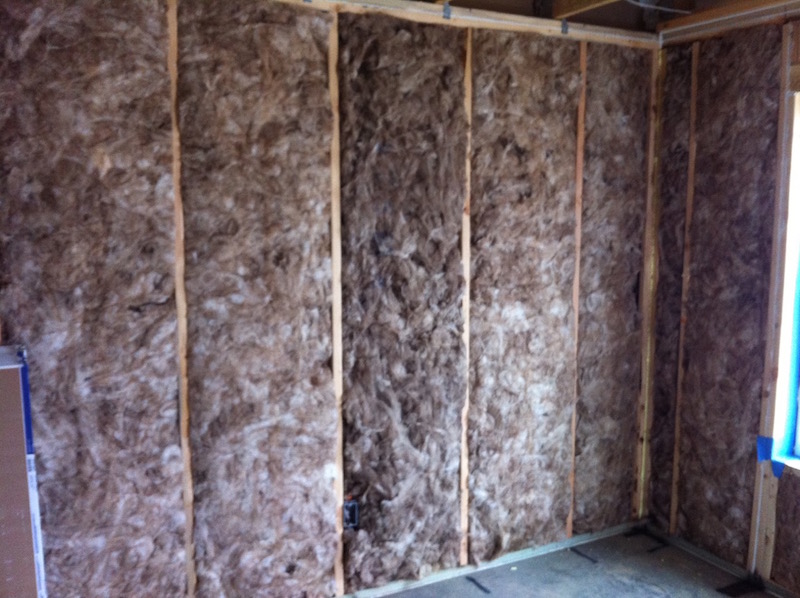
Grade 1 fiberglass batts requires more oversight of the installers. At first, it takes more time. Experienced crews can do grade 1, though, in about the same amount of time it takes to do a poorer installation.
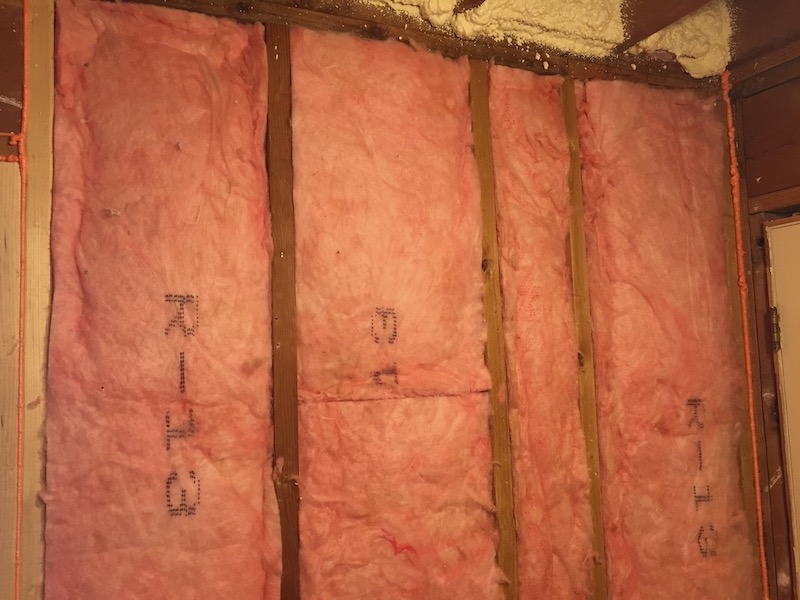
Two kinds of batts
You may have noted one difference between the two sets of photos. The poorly installed fiberglass batts all have a kraft paper facing, and the grade 1 installations are unfaced batts. That’s not just an accident. Unfaced batts are easier to install correctly. And for the most part, the paper facing is unnecessary.
In the 10 years since I received that threatening letter, I’ve been more careful about what I post. I’ve called out specific companies from time to time and gotten at least one more letter from a lawyer. (That one was related to an article I wrote about three brands of ripoff ventilation products. Unfortunately, I did have to wave goodbye to that article, if you know what I mean.)
Criticizing fiberglass batts is easy to do, but the important lesson here is that this particular product isn’t the enemy. Training and quality control are the real problems. Yes, it’s easier to get grade 1 with a sprayed or blown insulation product, but fiberglass batts still compose the majority of insulation installed by US home builders, at least as of 2018. It would be nice to see all the grade 3 installations go away.
_________________________________________________________________________
Allison Bailes of Atlanta, Georgia, is a speaker, writer, building science consultant, and the founder of Energy Vanguard. He has a PhD in physics and writes the Energy Vanguard Blog. He is also writing a book on building science. You can follow him on Twitter at @EnergyVanguard.
Weekly Newsletter
Get building science and energy efficiency advice, plus special offers, in your inbox.















9 Comments
So it’s better to install unfaced batts? When is paper faced necessary? My next project is a detached 2 car garage.
Hammer: The paper facing acts as a vapor retarder. In cold climates, you need a vapor retarder, but it doesn't have to be the asphalt-saturated kraft paper on the insulation. You can achieve it other ways. More important that a vapor retarder, though, is air sealing, as air leakage can transport a lot more water vapor than diffusion.
“[Deleted]”
So is the problem the installers, the training, or the tools?
I am leaning toward the tools, followed by the training. All most installers have is a tape measure, straightedge, and a utility knife. And the cutting is done while kneeling on the floor.
How about using a cutting table with a material holding mechanism, and an adjustable cutting guide for accuracy even when doing angles and bevels? Measuring and cutting at a comfortable bench height will surely improve the quality of the result. And this applies to all batt and insulation board products that need to be accurately cut to fill the nooks and crannies.
My own interest is mostly about mineral wool but it applies to fiberglass too. Now if I could only find somewhere I could buy such a cutting table...
EM,
I have never had what I would consider anything but a grade 1 installation of fiberglass batts, and the installers have always just used a long utility knife. These cutting tables and dedicated tools may be useful for DIYers, but are really only necessary if you need to compensate for lack of experience.
Here's the tool, no idea on price: https://bygghouse.com/skarbord-the-professionals-insulation-cutting-tool/
The bygghouse link does show information and some nice pictures of the Skarbord product but the website is not fully functional and an inquiry sent to the “info” email for that site has gone unanswered. All other references I found for the Skarbord cutting table seem to be several years old. Not sure it is currently available.
Did find a company in Germany https://www.probauteam.com/en/insulation-material-cutter-isocut/ with a similar tool and they promptly replied but did not seem interested in expanding their market outside of the EU as I would need to “organize pick-up and pay for shipping, taking care of everything with regards to customs”.
There is something available on Alibaba but I am not sure about its quality.
The best prospect so far is at https://www.edma.fr/en/facade-installer/3818-mineral-wool-cutting-table-3476060036698.html EDMA is in France and its web site does indicate that they ship internationally.
Kind of disappointed that with the growing interest in North America for high performance environmentally friendly insulation that there is does not seem to be a supplier for this tool in this hemisphere.
Sorry for high-jacking this thread with my quest.
I remember reading an article several years ago (probably on Green Building Advisor) that a 5% gap in batt insulation can lower it's effectiveness by 90%. I probably have those numbers wrong and so would welcome being corrected but what I remember most from the article was how vital proper installation is.
Mike.
While building my north woods cabin in WI, I painstaking installed batts, and tapped all the seems. You can even see flashing tape used at the door and ceiling. The windows & door headers eventually had rigid foam installed. Foam blocking is used between ceiling joist since there is a devils triangle above with attic trusses. Drywall is used on the ceiling for an air barrier since a T&G wood ceiling eventually was installed.
Log in or create an account to post a comment.
Sign up Log in